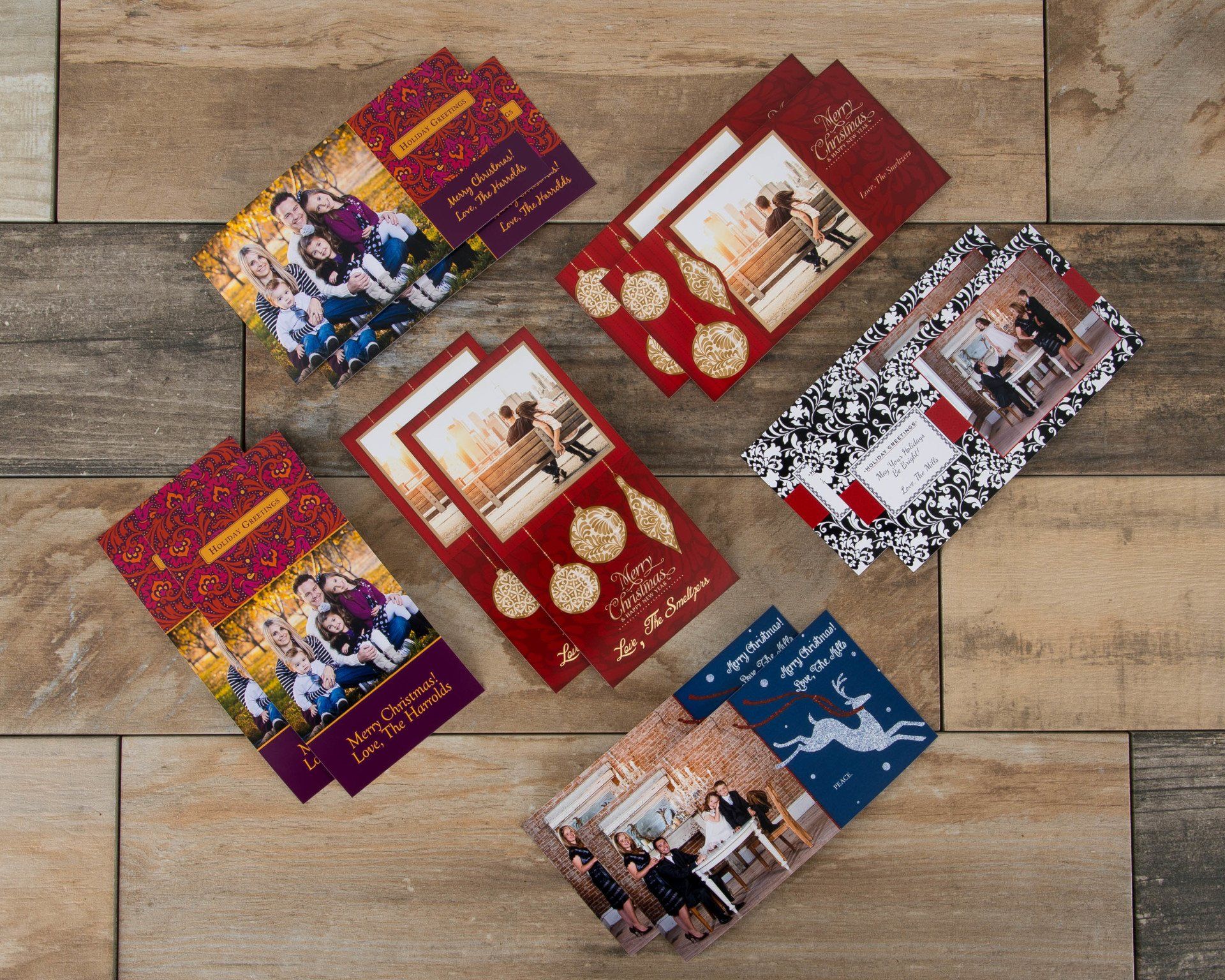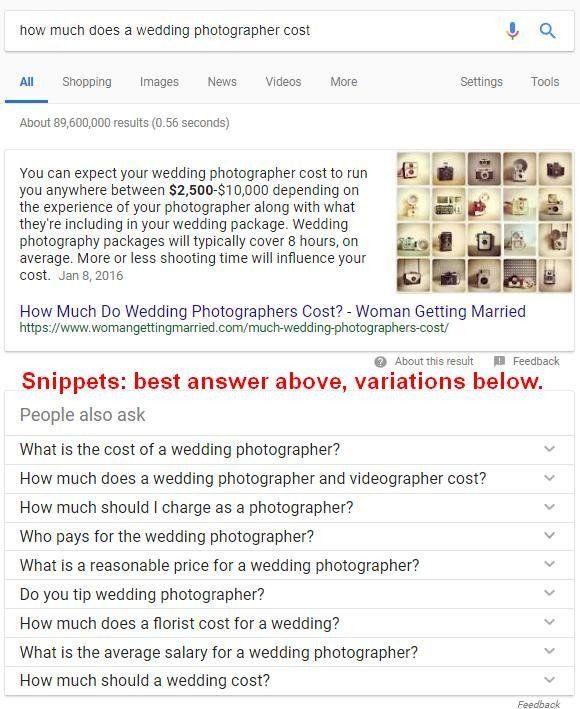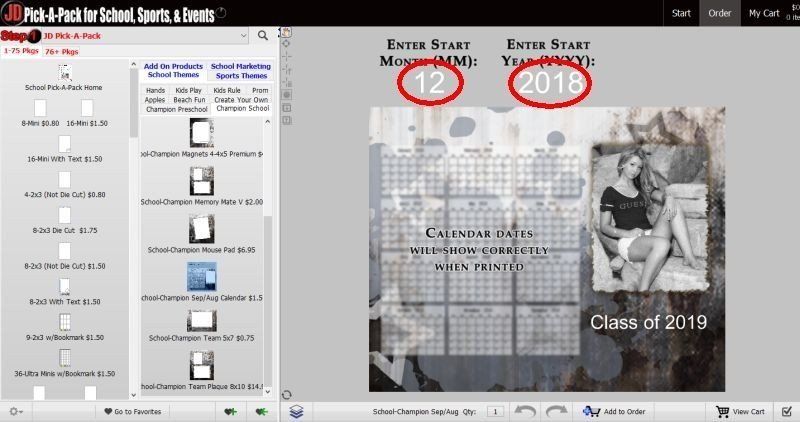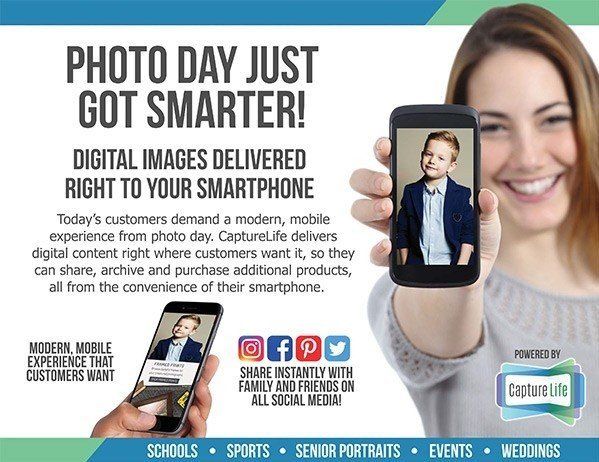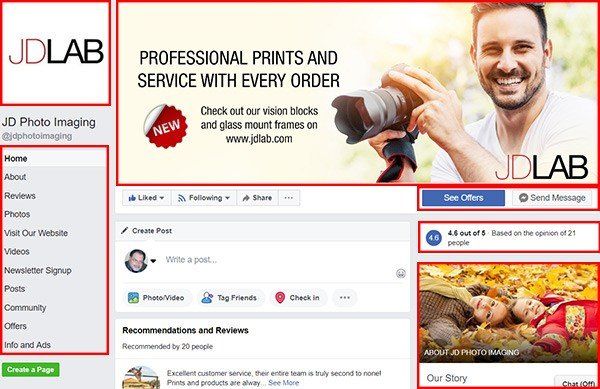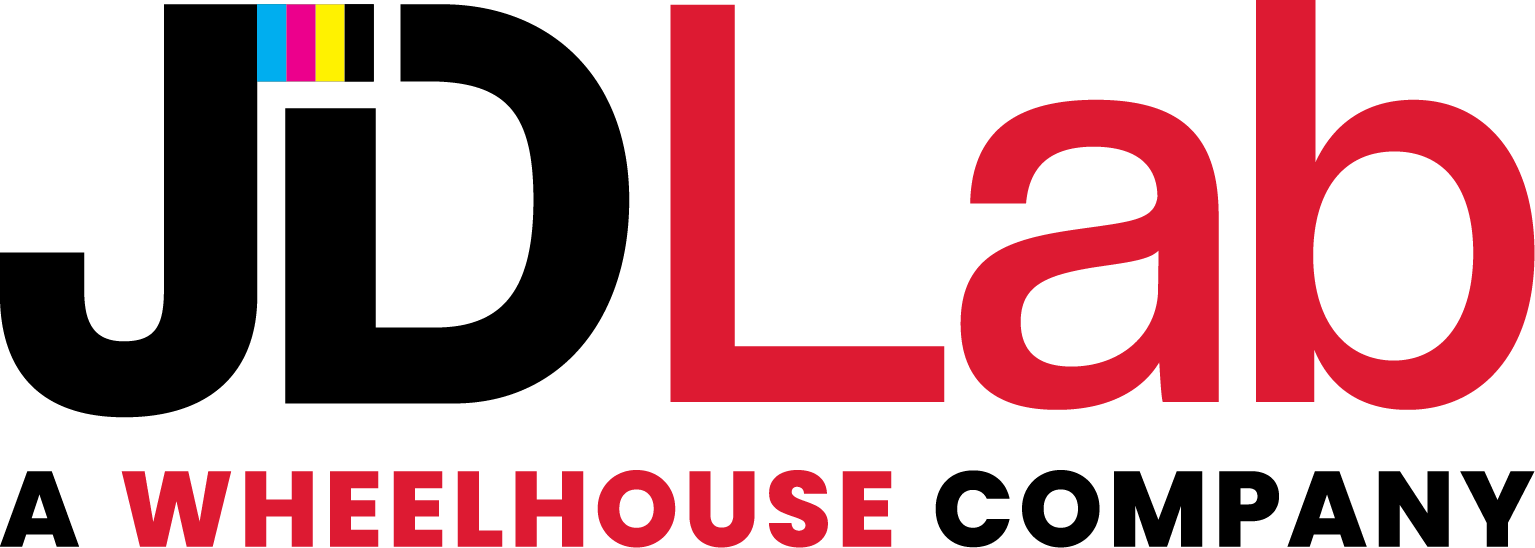Use Irrational Logic to Raise Prices
In the book, “ Predictably Irrational, the Hidden Forces That Shape Our Decisions, ” author Dan Ariely argues that as consumers, we make decisions based on irrelevant information. Knowing this about our behavior can help you build packages of products that will increase add-on sales.
For example, Dan points out that we don’t make decisions based on price, but on price relative to something else – even when it shouldn’t be. For example, do you remember the old TV ad, “ For about 70 cents you can buy a cup of coffee, or feed a child in Guatemala? ” The other way consumers can be motivated is to offer items compared to less attractive products. We’ve seen this marketing principle used for years as “good, better, best.” It works. Give clients 3 options, and the majority will select the middle one.
Here’s how you could combine these 2 “irrational” consumer purchasing behaviors to build more profitable packages.
Let’s say you are a school photographer, and you offer your clients 3 packages.
• Package A: (1) 8×10, (2) 5x7s, 16 wallets. $20.
• Package B: (2) 8x10s, (4) 5x7s, 16 wallets. $25.
• Package C: (3) 8x10s, (4) 5x7s, 16 wallets. $30.
After many sales, if your packages are priced correctly, you should expect an average $25 sale. The challenge is, in the consumer’s mind, they compare packages A and B to decide if the additional 8×10” and (2) 5×7” prints is worth the additional $5 increase in price.
However, what if you could shift the comparison to packages B and C? Your packages might look something like this:
• Package A: (1) 8×10, (2) 5x7s, 16 wallets. $20.
• Package B: (2) 8x10s, (4) 5x7s, 16 wallets. $30. Our most popular package!
• Package C: (4) 8x10s, (4) 5x7s. $30
Now the question in a client’s mind isn’t only about price, but about the relative value. “Would I rather have 2 more 8×10” prints or 16 wallets at the same price?” Your units per package didn’t change, but because you reframed the question in the consumer’s mind, your average order price has gone up $5! In addition, by bolding the “middle” option and telling people it is popular, it will subconsciously motivate clients to select it.
There are more examples Dan gives in his book. If you don’t have time to read it, here’s a short video that recaps his main points.
Learning how customers (and all of us!) make irrational purchase decisions can help raise your bottom line.
